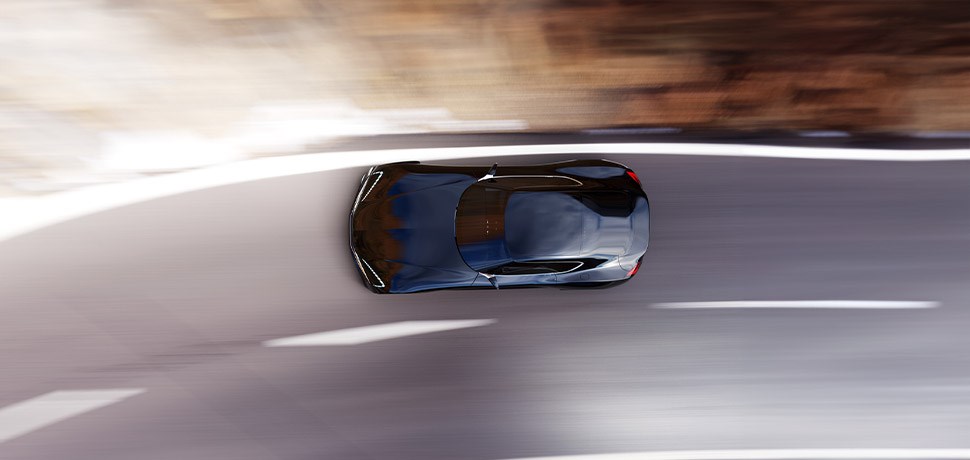How to stay safe with automotive hacking on the rise
Discover critical safety measures to protect your connected vehicle from rising automotive hacking risks. Stay informed and safeguard your digital driving experience.

What seemed like science fiction 10 years in now here. Autonomous cars that drive themselves are already available and this market is expected to grow rapidly over the next decade. It’s an exciting time, but it’s not without its risks.
As early as 2015, two security researchers remotely hijacked a vehicle. It was not an autonomous vehicle, but, like so many cars on our roads today, it was connected to the Internet. This connection was all the hackers needed to take over the car, turn the steering wheel, briefly disable the brakes, and shut off the engine.
Now with so many more cars Internet-enabled, this risk of hijacking has exploded. Automotive hacking refers to the exploitation of vulnerabilities in the software, hardware, or communication systems of vehicles. With the increase in the integration of advanced technologies, including infotainment systems, autonomous driving capabilities, and vehicle-to-vehicle communication, modern cars have become susceptible to various cyber-attacks. As vehicles transform into interconnected digital platforms, they also become prime targets for cybercriminals.
In 2020, the number of automotive hacking cases increased by 138%. By one estimate, there were 84 million connected cars on the streets of the United States in 2021, and while South Africa still has an overall older fleet of vehicles than Europe and the US, it is clear that the trend of automotive hacking will continue as new vehicles will be linked to the Internet of Things (IoT).
Let’s look what this looks like on the road. Europol bust a keyless car hacking ring in 2022, arresting 31 suspects and seizing more than a million dollars in criminal assets. All the criminals did was target vehicles with keyless entry and start systems, exploiting the technology to get into the car and drive away—without the actual keys.
While theft might be the most common threat that hackers currently pose to automobiles, it isn’t the only one. We’ve already mentioned hacking and taking over vehicles, but that is a high-level security breach. At a more basic level, hackers will focus on the connected devices in a vehicle in the same way that they target security cameras and WiFi routers—if it’s connected it can be a back door into networks and other devices that may have sensitive or personal data on them. The automotive industry, in its rush to innovate, sometimes overlooks the necessity for robust cybersecurity measures, leaving vehicles exposed to potential breaches.
Critical safety measures to consider
Stay safe
The digital world is shaping everything we do, from how we consume content to how we drive. Hackers will continue to target all the ways we are connected to the Internet, so stay aware and stay safe.
Secure your ride from rising hacking threats. Explore essential safety measures and expert solutions at Sasfin for a safer digital driving future.
Sources: KloudLearn, PwC, Washington Post